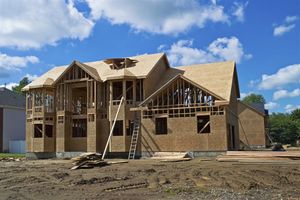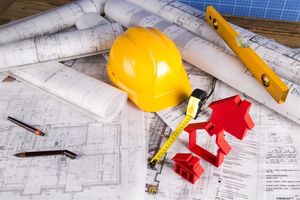In one form of additive manufacturing, complex metal parts are built one ultra-thin layer at a time — similar to frosting a cake, but with far greater precision and intricacy. This technique allows for the printing of 3D parts that are difficult or impossible to make using traditional methods. It also offers a path forward to ease supply chain disruptions and modernize domestic manufacturing.
Additive manufacturing is already used to produce metal components for critical sectors like aerospace, healthcare and defense. But a major challenge remains: achieving consistent quality and repeatability from part to part.
Now, in a major scientific advance, researchers at the U.S. Department of Energy’s (DOE) Argonne National Laboratory, DOE’s Oak Ridge National Laboratory and universities have observed how the microstructure of metals changes in real-time during 3D printing. This breakthrough was made possible by Argonne’s Advanced Photon Source (APS), a DOE Office of Science user facility.
The team investigated an additive manufacturing technique in which a laser rapidly melts a thin metal wire. As the metal melts, it is deposited on the previous layer after the first, followed almost instantly by cooling and solidification. This process is repeated layer by layer to create intricate components. Previously, scientists could only analyze the microstructures of these components after the printing process was finished.
Using the APS, the team conducted 3D printing of 316L stainless steel, a commonly used structural alloy. They tracked the printing process with real-time X-ray diffraction, directly measuring how and when dislocations form and spread.
The data revealed that dislocations form early, just as the metal changes from liquid to solid. It was previously thought that they form later as stresses build up during cooling and solidification. A key factor was a specific reaction in which two solid phases form at the same time from the liquid, creating a high density of dislocations.
This deeper understanding could help engineers improve the strength and reliability of 3D-printed parts. By adjusting printing variables, developers would be able to precisely control the formation of dislocations at the microscopic level. By this means, they could take full advantage of the dislocations’ beneficial attributes while minimizing the detrimental ones.
The insights gained could also spur the development of new alloys. Adjusting the chemical makeup of stainless steels — for example, by tweaking the ratios of chromium or nickel, or by adding elements like aluminum — can influence how dislocations form and how stress is distributed.
View source version on businesswire.com: https://www.businesswire.com/news/home/20250918047130/en/
Contacts
Christopher J. Kramer
Head of External Communications
Argonne National Laboratory
Office: 630.252.5580
Email: media@anl.gov






